Setting I
Step 1:
Take a shopping cart.
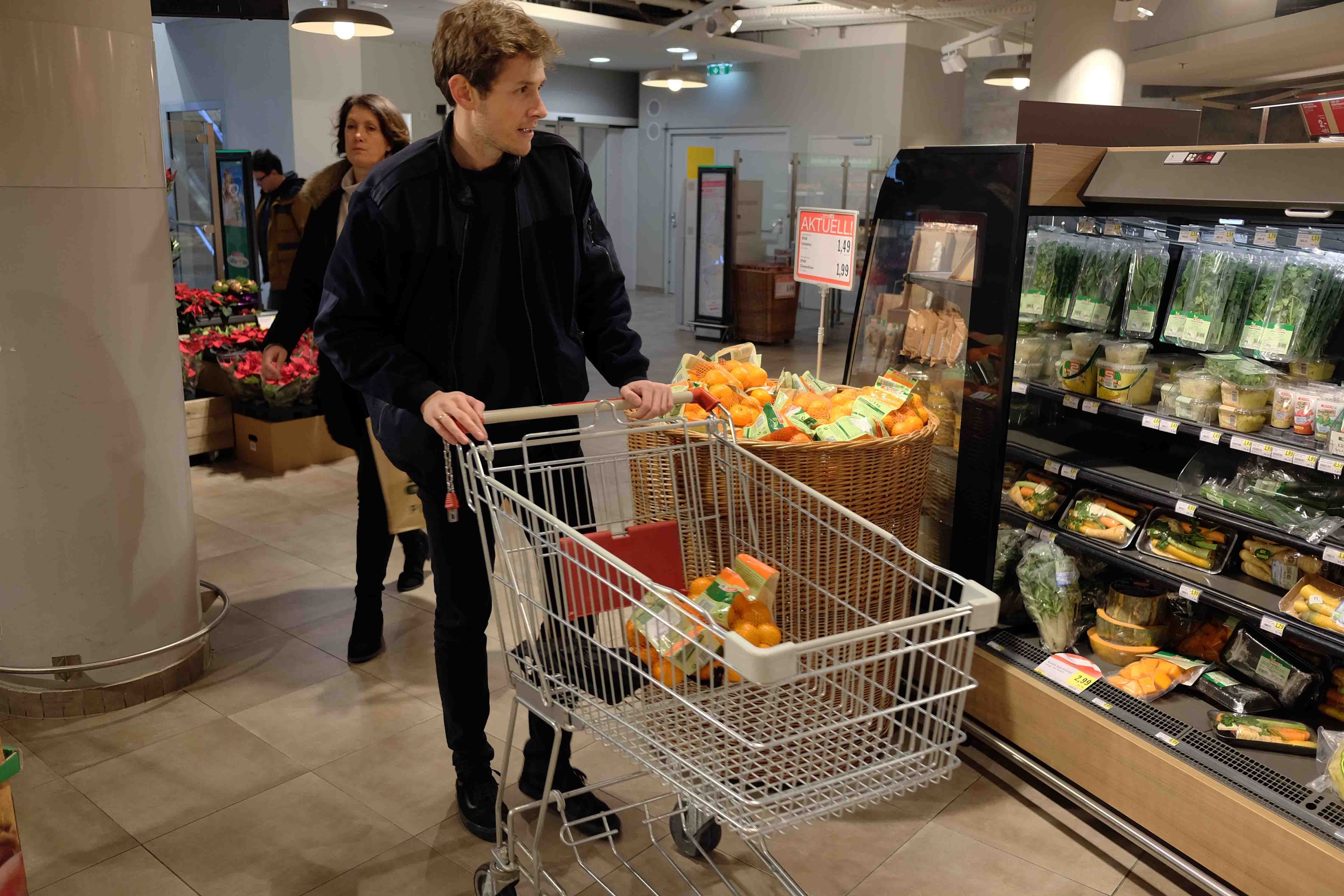
Step 2a:
Fill it up slowly.
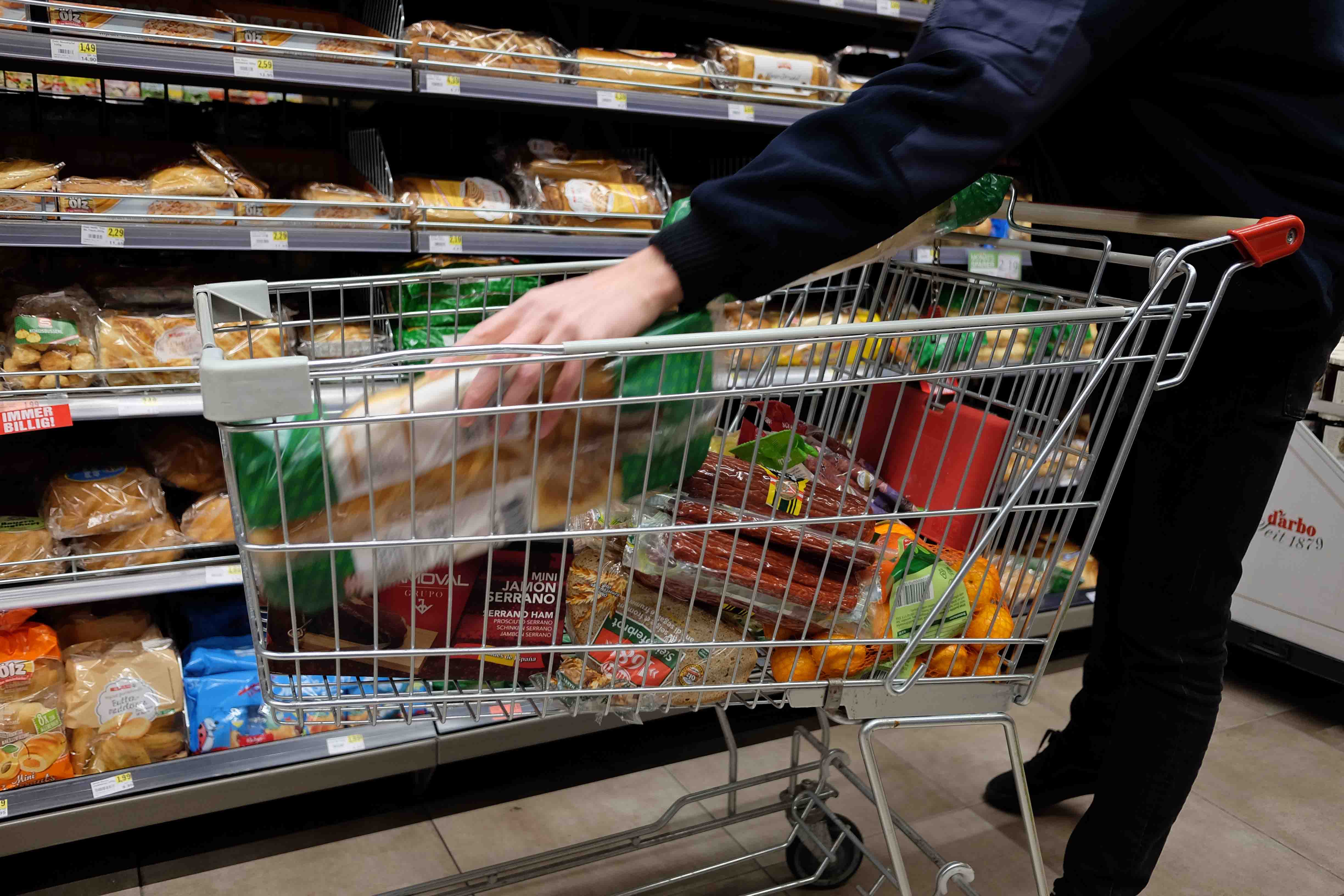
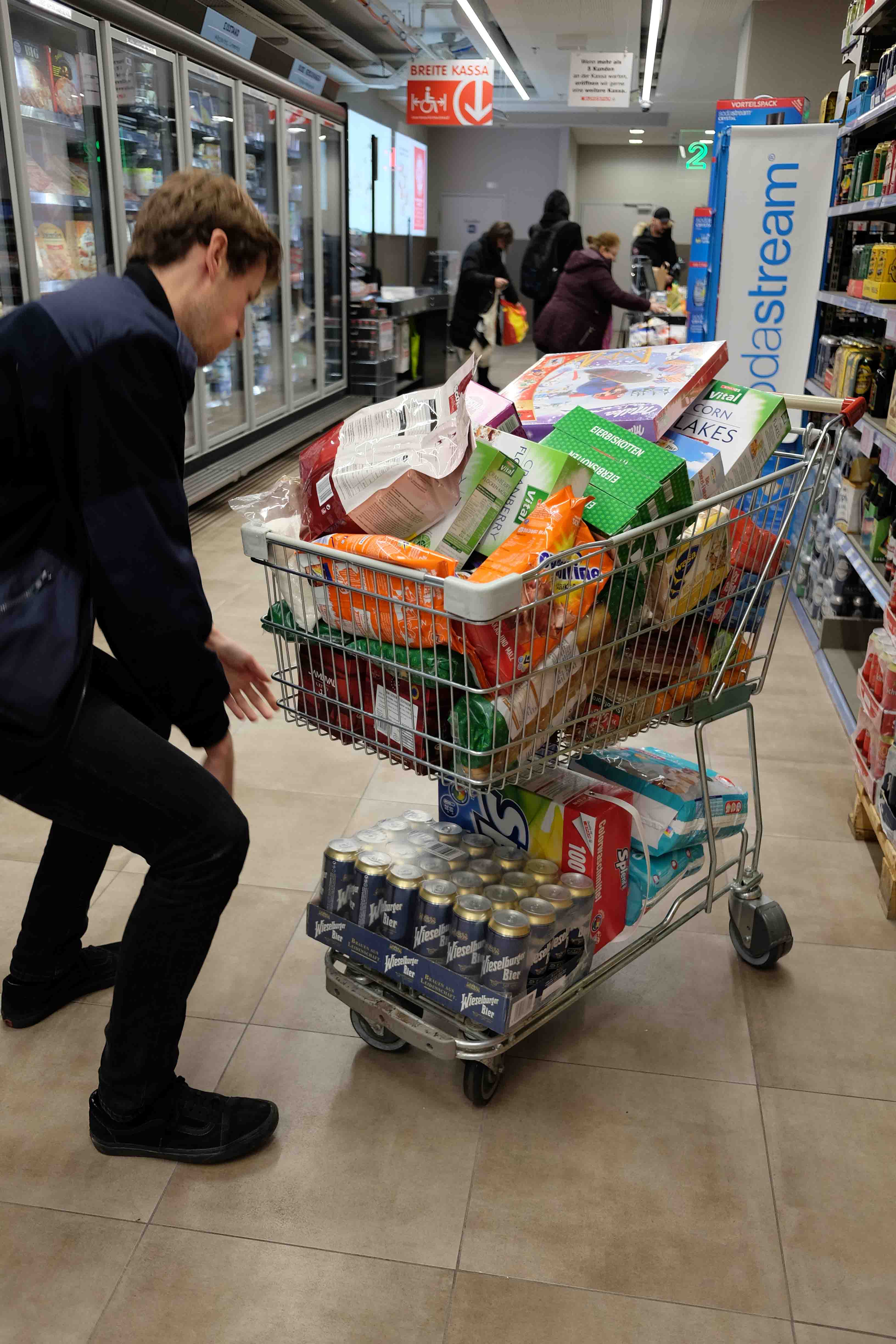
Step 2b:
While you are filling up your cart, observe the people around you. Everything normal at this stage..
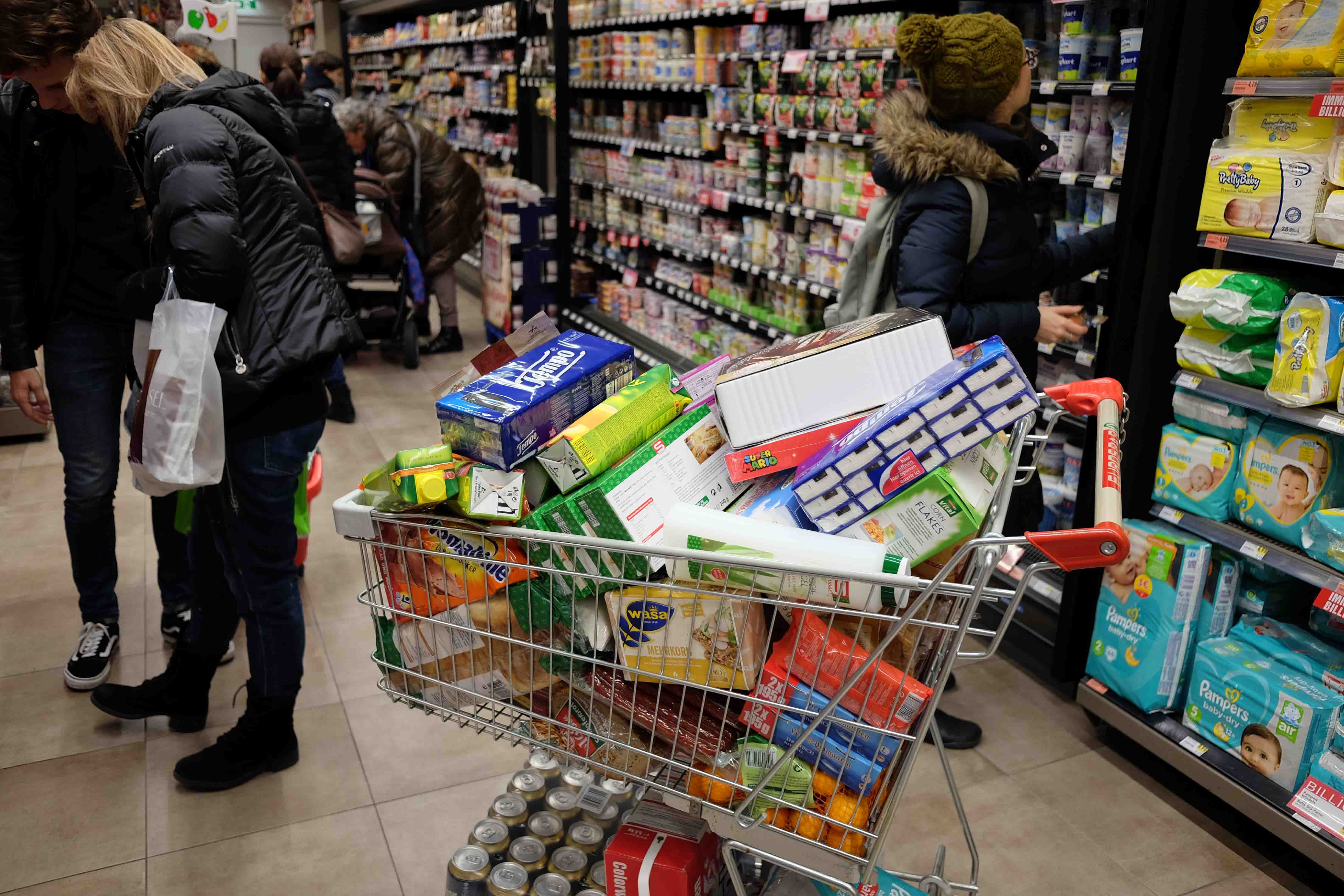
Step 3:
Do not stop filling.
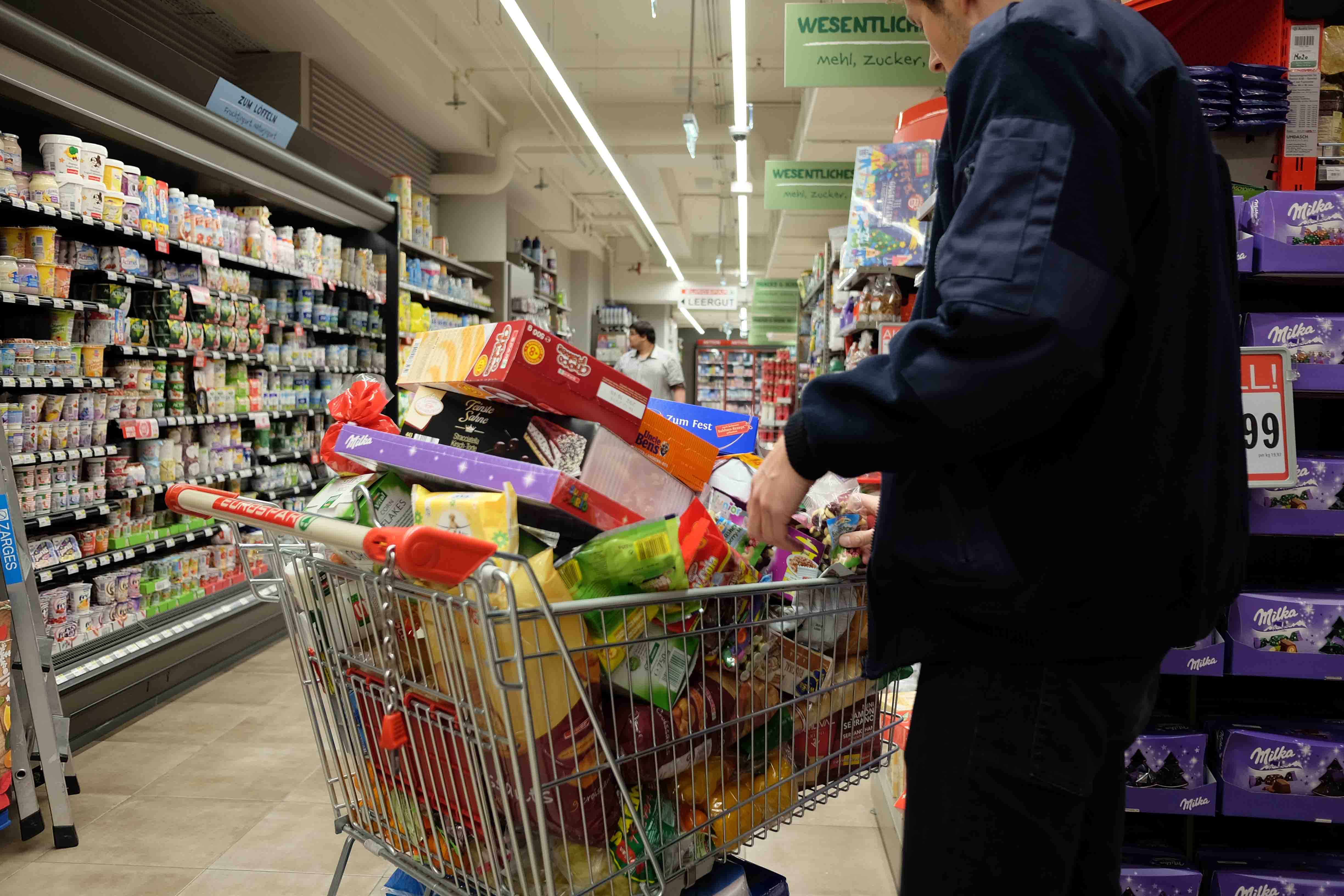
Step 4:
Study focused at which slight change of the fill level, the cart and you start to catch the eye of the people around you. At which point does the situation flip from ordinary into non-ordinary? When are you tenderly approaching or even crossing the border between intervention and non-intervention? What happens when you add or remove items into or out of your shopping cart?
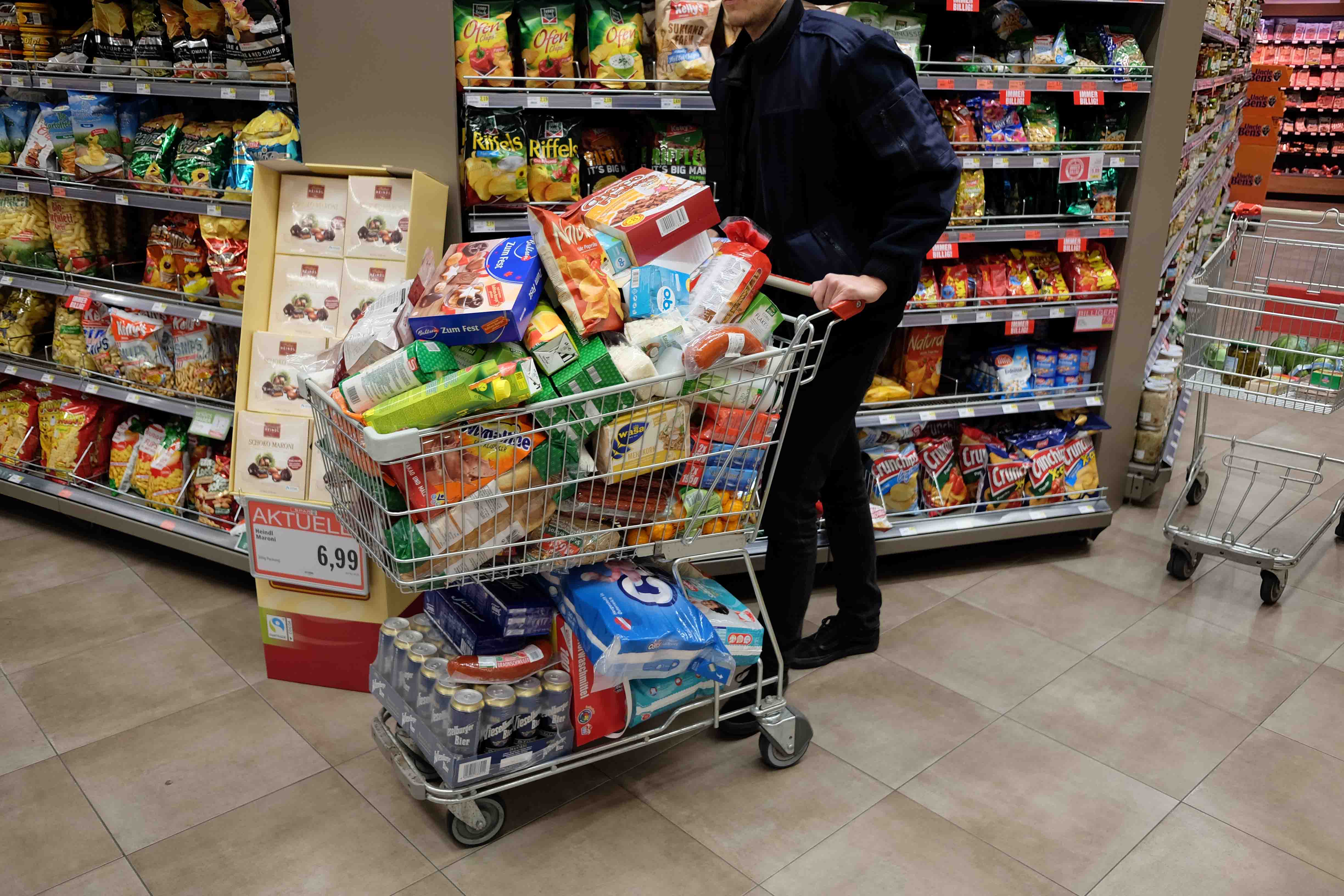
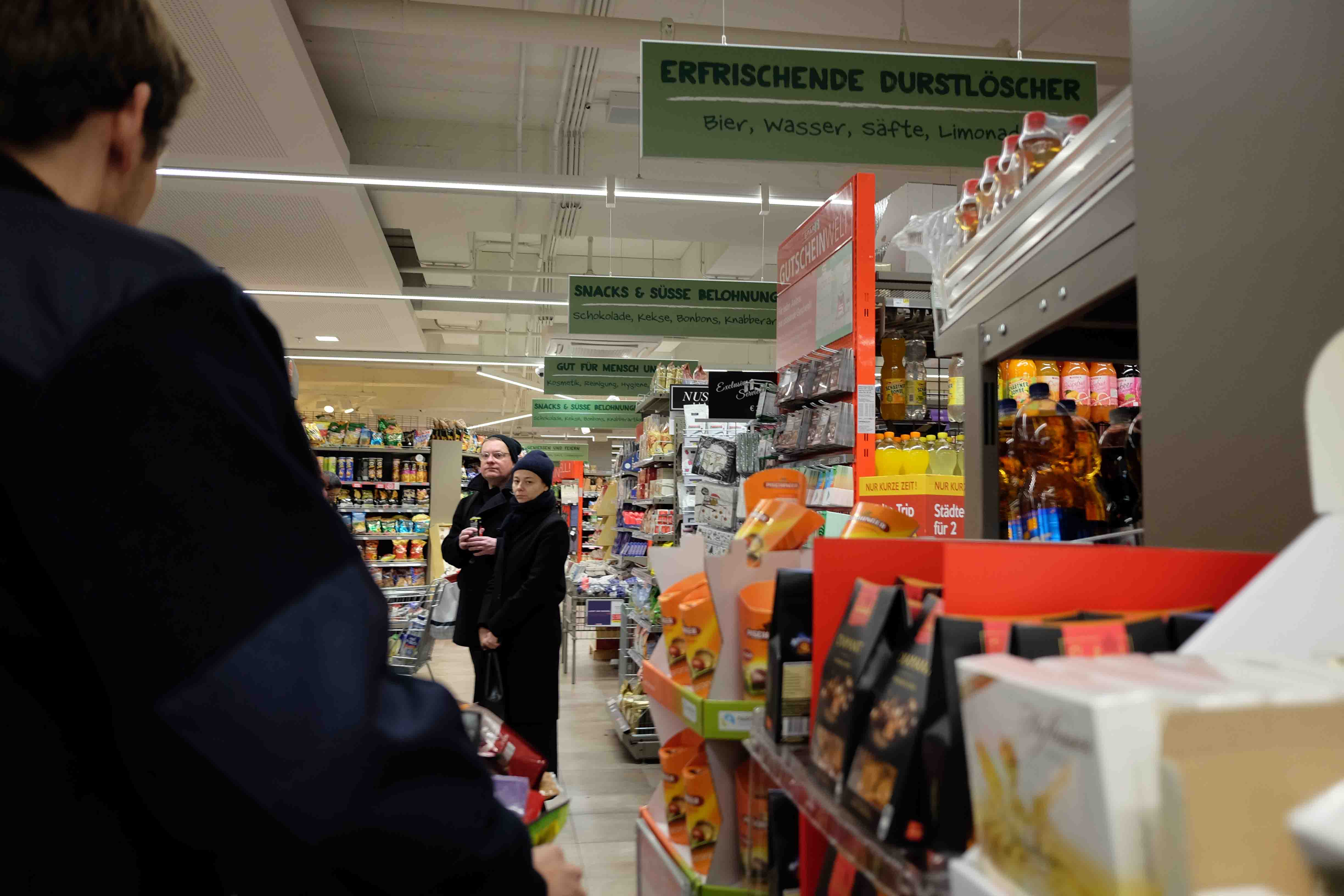
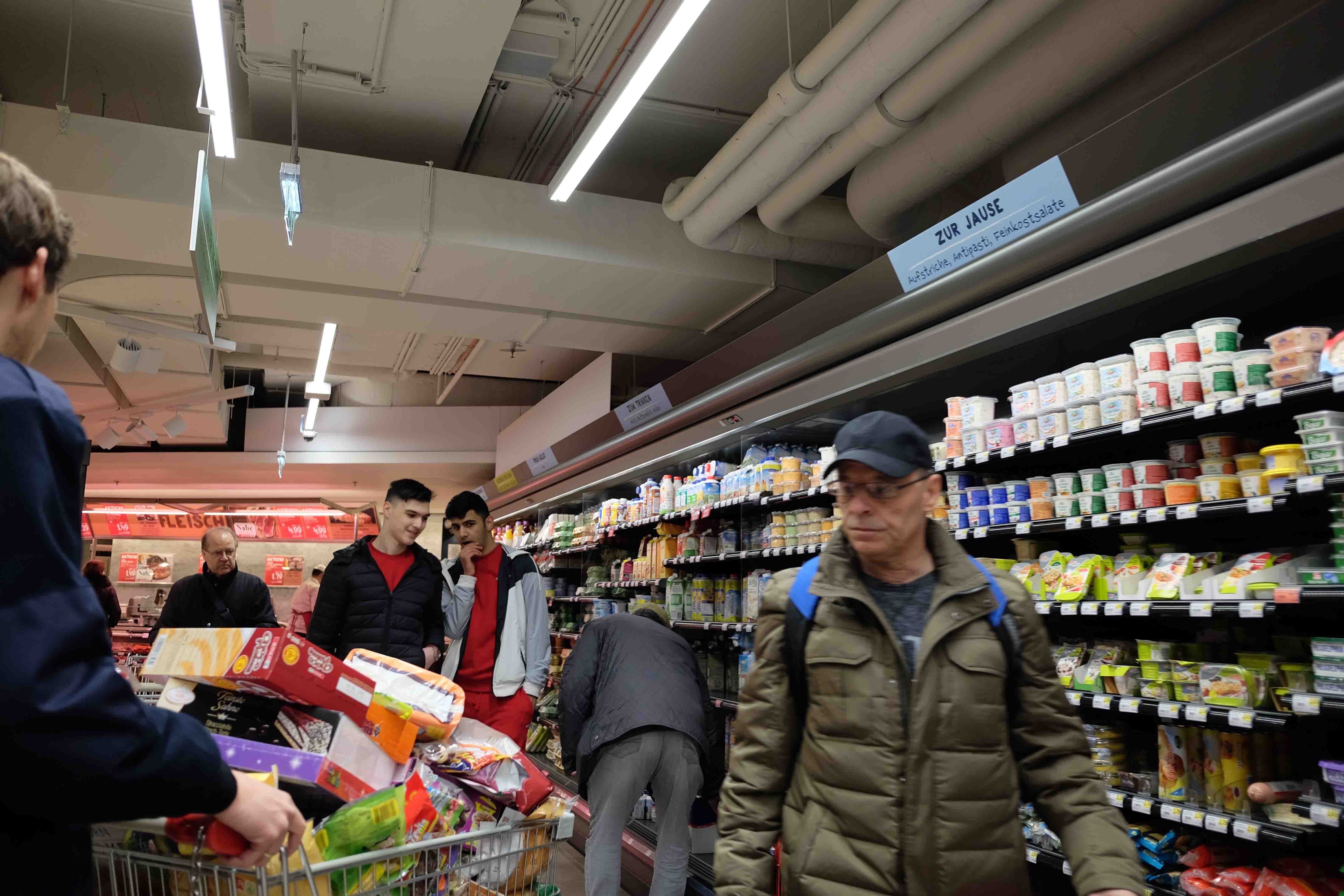
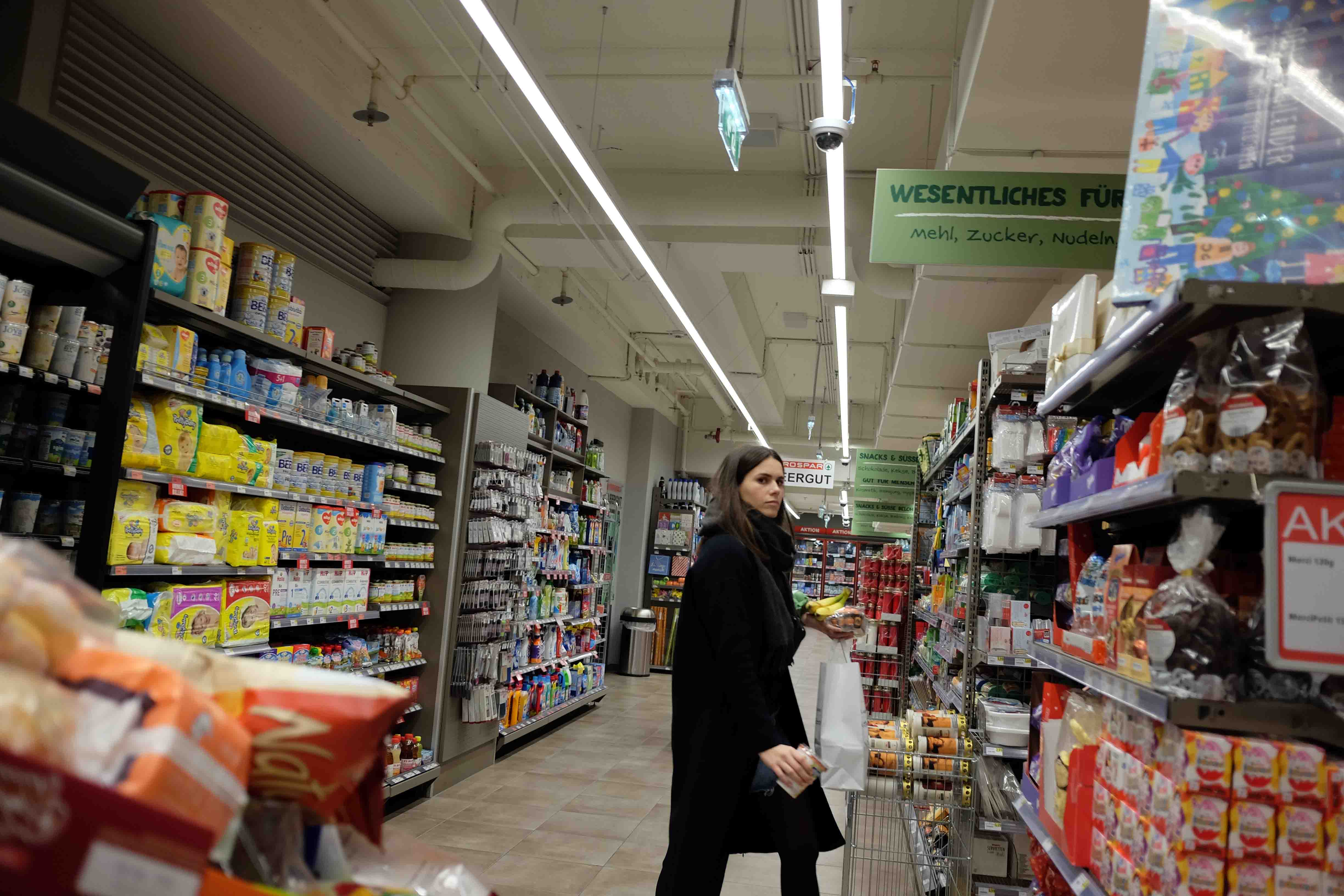
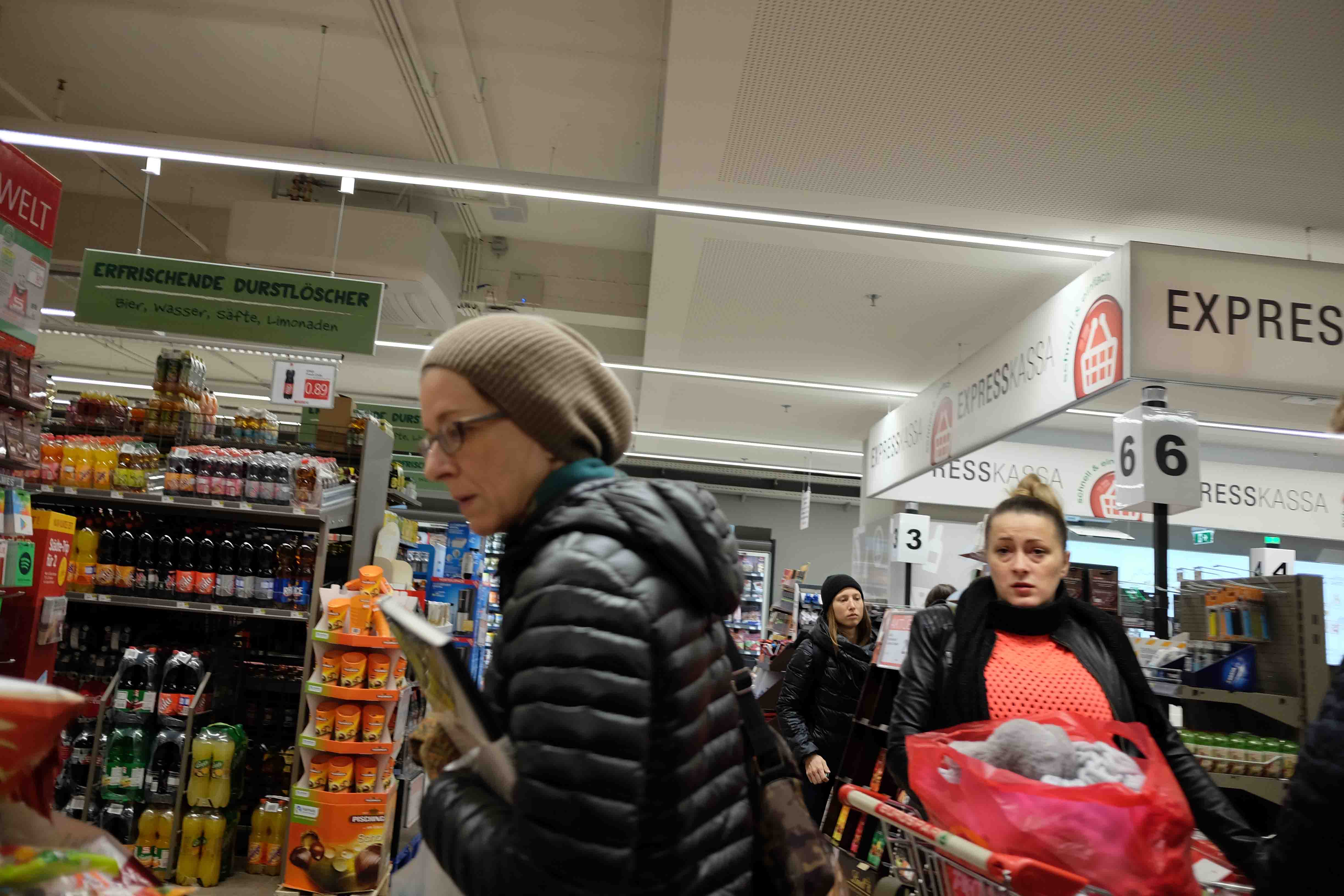
Setting II: How about one more cigarette?
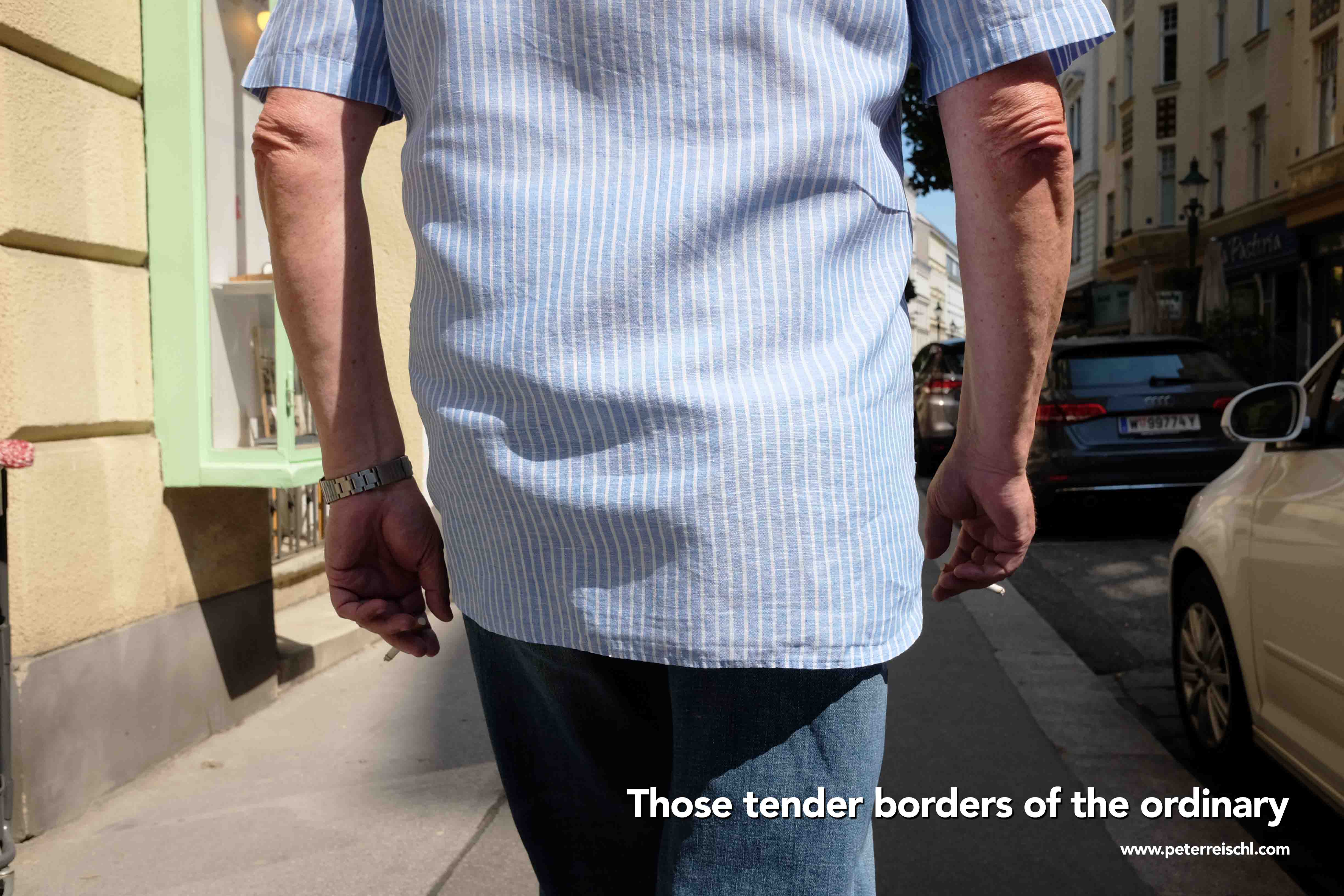
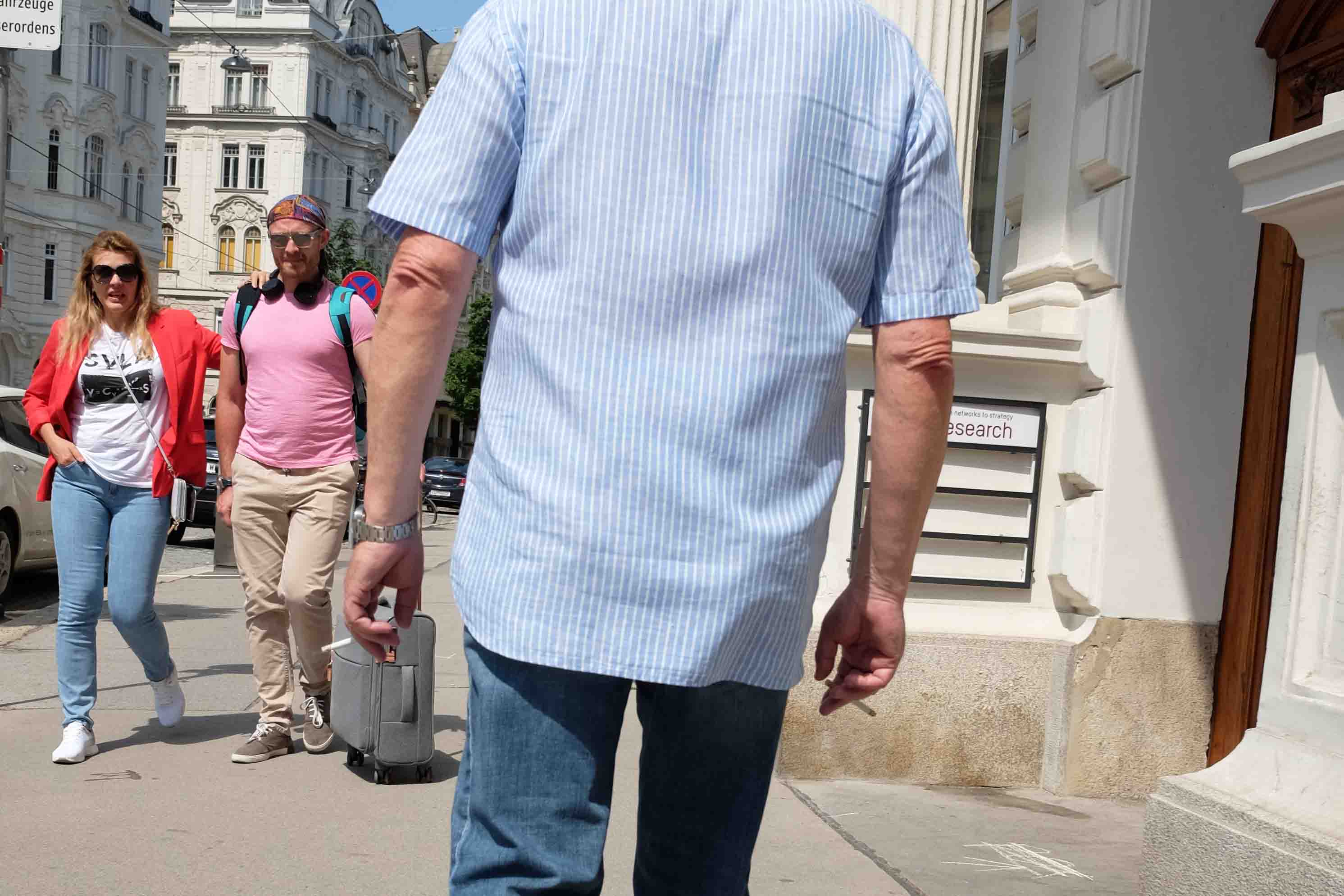
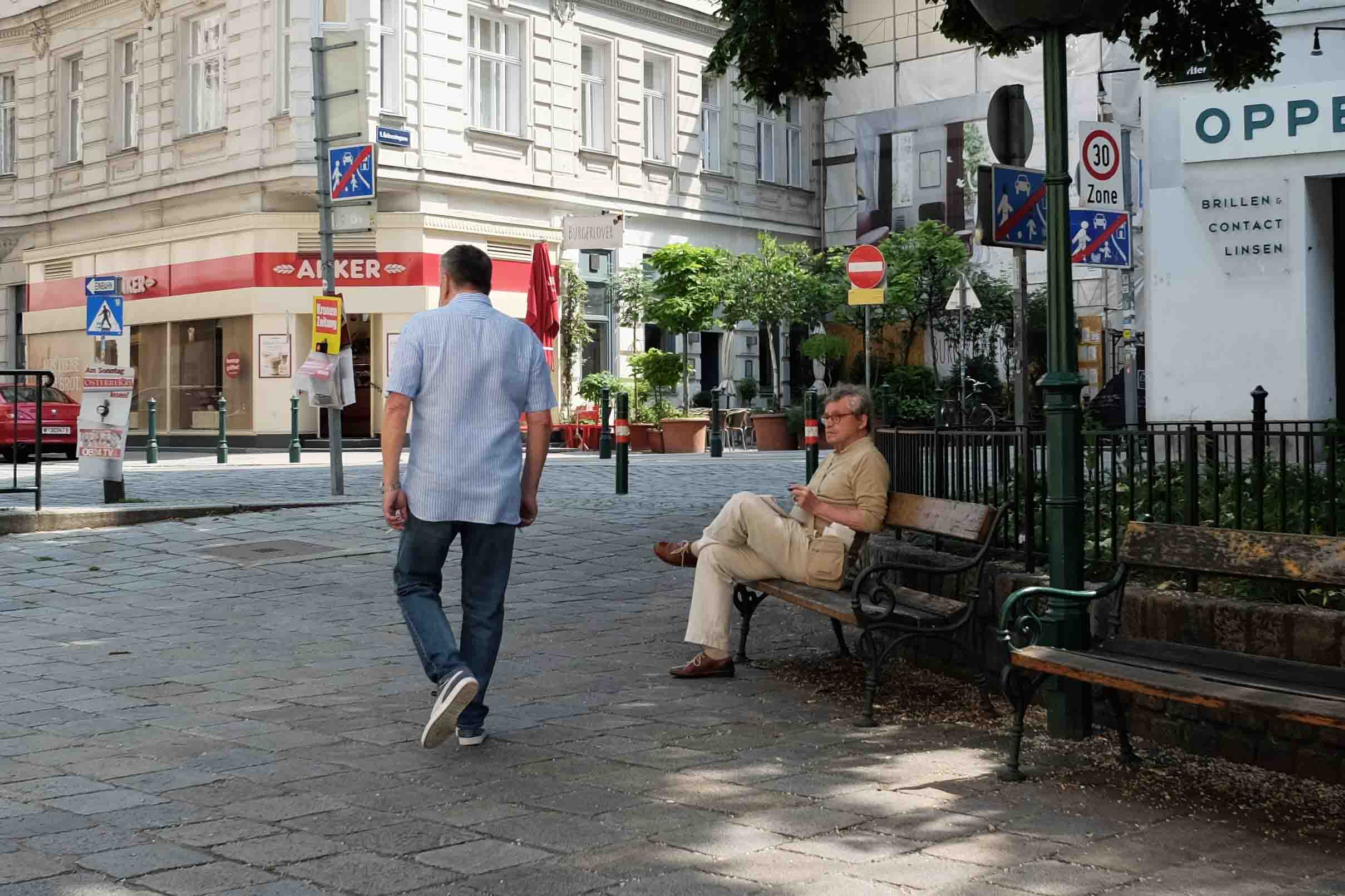
Especially the borders, the tender beginnings of the not-normal, the filigree tipping points from the ordinary into the non-ordinary seem to be powerful. Those moments which are characterised by supposing not by knowing. At which point does the ordinary make way for the non-ordinary? When do we cross the border between the common and the non-common? How come that just two or three additional items in the shopping cart change the reaction of the surrounding completely? What is ordinary? How do we define it? (How) Does this consensus shift?
Gerade die Grenzen, die zarten Anfänge der Intervention, der filigrane Kipppunkt vom „Normalen“ ins „Nicht-Normale“ erscheinen als sehr kraftvoll. Die Momente in denen man etwas vermutet aber noch nichts weiß.
An welchem Punkt / ab welchem Füllstand des Einkaufswagens kippt der gewöhnliche Großeinkauf für Außenstehende über in etwas Ungewöhnliches? Wann wird die Grenze zwischen dem Normalen und dem Nicht-Normalen überschritten? Wie einheitlich ist unser Verständnis des Normalen? Wie definieren wir es? Wie verschiebt sich dieser Konsens?